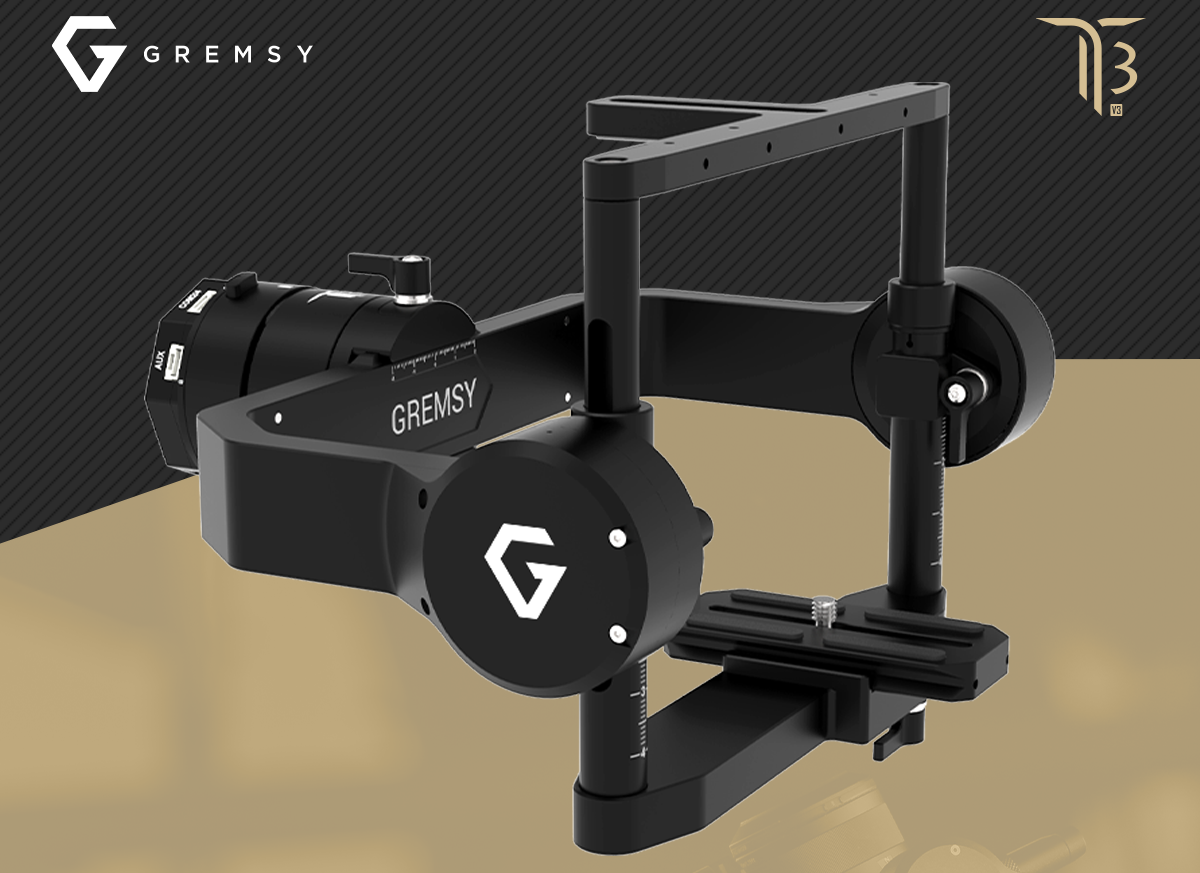
Gimbal manufacturer Gremsy says it has developed a two-axis version of its popular T3V3 drone camera stabilizer, following demand from enterprise users. The new two-axis T3V3 gimbal offers unrestricted top-to-bottom visibility for applications such as land surveying, 2D and 3D LiDAR mapping, and aerial inspection of assets and infrastructure such as wind turbines, power lines, and bridges.
Gremsy points out that while a three-axis drone gimbal offers an extra level of stabilization, it might not necessarily be superior to a two-axis gimbal for specific industrial missions.
For example, when it comes to bridge inspection, accessing the underside of a bridge could be a major obstacle. In this case, a drone equipped with a front-mounted two-axis gimbal can be used to obtain an unobstructed view from top to bottom. Since inspectors will be able to see beneath and beside the spans, they can gather valuable visual data on these crucial areas of a bridge.
Another advantage of using a two-axis gimbal is that it helps to optimize flight time. The two-axis T3V3, for instance, weighs just 745g and is lighter by 30% than the standard T3V3.
Though this two-axis gimbal is designed to support multiple drone platforms, thanks to its flexible mounting options (bottom and front), it was initially developed as a custom product for the Aeceore Zoe Zetona drone. Jorrit Linders, founder and CEO of Acecore Technologies, says:
We get a lot of questions and requests in the market from people who want to inspect the underside of bridges or blades of windmills with a drone. With all these applications, where an asset needs to be inspected from below, normally the props or the body is visible in the picture. A two-axis configuration gives operators the ability to tilt the gimbal from 90 degrees upwards to 90 degrees downwards without the drone’s frame obstructing the camera’s view.
Gremsy says its new gimbal fully supports MAVLink protocol and enables connections to the most widely used drone systems using CubePilot, PX4, etc. The two-axis T3V3 also provides advanced I/O connections for USB-C, HDMI, AUX, COM, and power to facilitate communication between the gimbal and the camera, drone, and remote controller.
Read: DJI teases new Mavic 3 Enterprise drone launch event on September 27
FTC: We use income earning auto affiliate links. More.





Comments